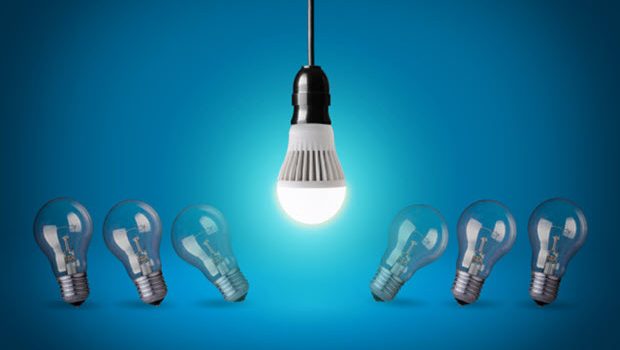Now, multiple government buildings and agency sites in Singapore are already fixed with solar photovoltaic panels on their rooftops, to harness the power of solar energy. From the Institute of Technical Education, the National Heritage Board to residential flats under the Housing Development Board (HDB), it seems that the state’s effort at adopting solar energy has seen a rapid rise. This is in line with the government capacity of producing 350 MWp of energy in one year’s time.
As Singapore inches closer to become a more environmentally friendly and sustainable country, solar energy seems like a viable option to forward this aim. Needless to say, other bodies are following suit and one important group is actually the energy retailers and providers who supply electricity to consumers in the Open Electricity Market (OEM).

Before delving deeper into how these providers diversify their price plans beyond fixed rate and discount off the regulated tariff plans, we need to look at what is beneficial about using solar energy.
Solar Energy in Singapore
In Singapore, solar energy is an energy source that is ready to equip the nation for the future; in terms of electricity generation. Every year, Singapore receives 1580 kWh per metre-square worth of solar irradiance; which is 50% more than other nations with a temperate climate. It is to the country’s benefit that this is as such due to two main reasons.
Firstly, the generation of electricity using solar energy emits only a small amount carbon-related products such as carbon dioxide. As compared to other methods of electricity generation (e.g. coal, fossil fuel), it is cleaner. In essence, this helps to sustain the environment as greenhouse cases such as carbon dioxide contributes to climate change and global warming, which has disastrous repercussions for people’s health and safety.
Secondly, using solar energy to generate electricity could be done in the absence of fuels. The absence of needing to transport fuels and getting fuel-related supplies from other sources such as Indonesia means that solar energy is good for Singapore’s energy security. Not being dependent on any external resources works in the best interest of the country in this case.

However, seeing that Singapore is only 716.1 kilometre-square in size with an extreme population density, coupled with a lack of land space, building a solar infrastructure of a bigger scale could be a challenge. This is because solar panels which are needed to harness sunlight requires a large area. That being said, any effort in using renewable energy counts in building a better future.
Solar Electricity Plans in the OEM
There are a few electricity retailers in the OEM that provide solar energy plans. This list includes Geneco, Sunseap Energy, Senoko Energy and Sembcorp Power. Businesses can engage with these retailers to request a quote, residential consumers can look at their solar-based residential plans or opt for other “green-energy” plan which might not be solar based.
An example of this is iSwitch, in which their various fixed rate and discount-off-the-regulated-tariff plans provide carbon credit offset to neutralise the carbon emission of their consumers.
Become a greener consumer and save the environment by learning about a Singapore-based electricity retailer in the Open Electricity Market.

